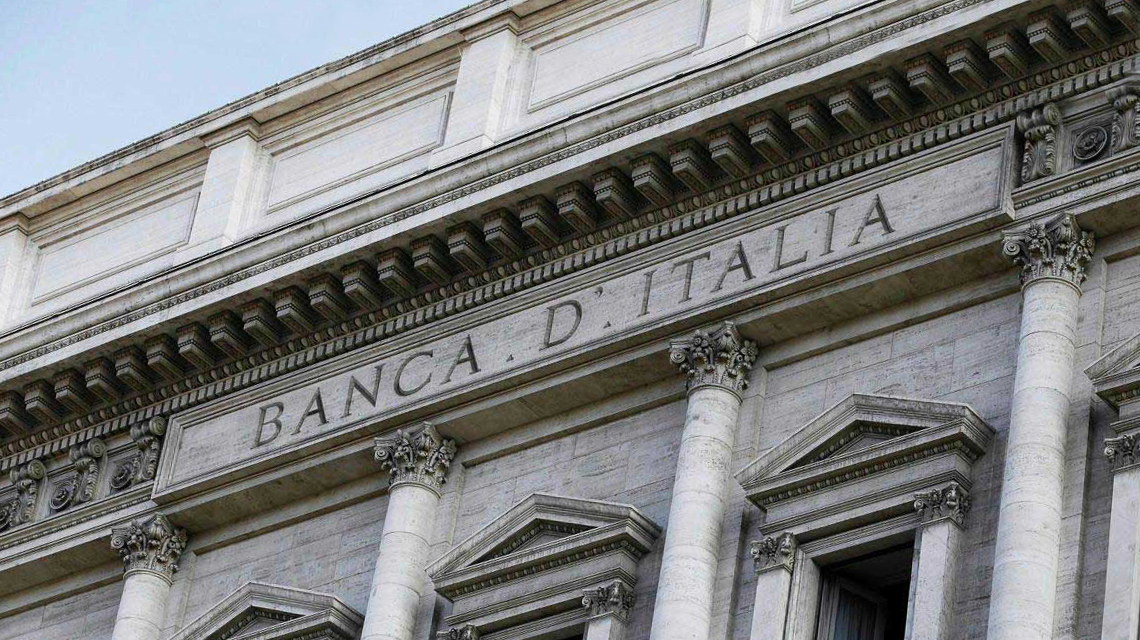
Automation of onboarding, artificial intelligence, voicebot systems and chatbots will replace branches. To confirm the trend in the financial sector, a research by Statista stated that the 27% of adults have opened a digital-only bank account by 2021, indicating a threefold growth compared to the 9% share measured by January of 2019. A mirror that reflects the digitization of the banking sector driven by the pandemic. From the experts, the trends for an increasingly digital bank.
The digital transformations introduced during the lockdown have inevitably changed consumers’ habits and lifestyles, but they will not have a temporary effect, as demand for new solutions and services for private and professional life is growing. Among the sectors affected by digital acceleration is banking, where pandemic and social distancing have driven more and more consumers to interact through digital channels with their banks. If in 2019 the internet banking market was valued at $11.43 billions, according to Allied Market Research forecasts, it will reach $31.81 billions in 2027, a growth of 178%. Data also confirmed by the World Retail Banking Report 2020 from which it emerged that banks that have implemented digital platforms find it easier and more intuitive to increase operating profit, identify new sources of value and improve operational efficiencies. This is a historic transformation in the banking industry, with 75% of consumers surveyed preferring internet banking to physical branches, up from 49% before the pandemic, and 55% preferring to use mobile banking apps, up from 47% previously. Additionally, according to Boston Consulting Group, globally, 24% of customers plan to use branches less or stop going there altogether even after the pandemic ends. Meanwhile, in the UK, according to a research by Statista and published on CyberCrew, the 27% of adults have opened a digital-only bank account by 2021, indicating a threefold growth compared to the 9% share measured by January of 2019. In 2020 banking was the third most prevalent online activity carried out in the UK and 51% of adults aged 25 to 34 have a positive attitude towards a cashless society. A clear message for the financial sector that, in order to remain competitive and meet customer expectations, will have to modify and increase digital models with the aim of offering a smart, efficient and intuitive customer experience.
“Even before the explosion of internet banking, banks had the operational need to manage and integrate large amounts of data, for example from branches to head offices or even to control and governance institutions such as the Bank of Italy – explains Luca Musso, CTO of Primeur, a multinational company specializing in Data Integration – We have been managing and integrating the data of many Italian and international banks since the 1980s, when this activity was not taken for granted, confirming that banking operations have been based on data for a long time. Today, the difference lies in the quantity and heterogeneity of data to be managed, in the security standards but above all in the impossibility of foreseeing all the needs and developments linked to the sector. The entire data integration strategy now needs extreme flexibility. In fact, the number of applications that need to “talk” to each other, exchanging data with certain times and very high security standards has multiplied and more and more will be added. Our latest software, Primeur Data One, was created precisely for this purpose and was conceived and designed as a hybrid data integration platform capable of working with existing systems, mediating data transitions. This trivially means that we let the customer off the hook for unpredictable design constraints. If you need to integrate a new application, Primeur Data One will take care of it without changing any application, neither intermediate nor final. Tomorrow your needs change and you need to manage different but coordinated registries? Primeur Data One comes into play as a mediator. It is total freedom to evolve the IT and management system. The end customer doesn’t have to notice anything, but the difference in service comes through these integrations.”
But what are the innovations and trends that will characterize the financial sector in the coming years? Prof. Federico Rajola, Director of CeTIF, Research Center on Technologies, Innovations and Financial Services, of the Università Cattolica del Sacro Cuore of Milan states that “In the current context, most financial institutions are supporting the evolution towards digital, with hybrid Customer Journeys that privilege digital operations over physical ones and therefore with on-demand and real time products and services. Analytics and Artificial Intelligence are thus becoming key tools, ensuring security by design in the relationship with the customer. Prof. Federico Rajola concludes: “The remote distribution and consultancy of private individuals and companies will be a strategic asset also in the future, and will take shape in the so-called three-part model: client – manager – specialist.
Blockchain, artificial intelligence, voicebot systems and chatbots are the tools that banks plan to adopt to improve the user experience of their customers. Biometric voice recognition, which is needed to verify customer identities in telephone activities, aims to reduce fraud and simplify the telephone banking process. Artificial Intelligence, on the other hand, includes the introduction of specific machine learning or deep learning systems, platforms or algorithms. Among the advantages behind the adoption of new technologies in the banking sector, in addition to the even more personalized approach available to the customer, there is the possibility of preserving investments thanks to the immediate integration with omnichannel technology and generating more and more trust in the brand that is renewed. A digital transformation that is almost necessary when you consider that, according to a study conducted by Chase, 99% of Generation Z and 98% of millennials rely completely on mobile banking apps to perform any financial action.
How, on the other hand, will other generations react to the transformations in internet banking?
“First of all, distinctions must be made between the market and the content of the banking offer – explains prof. ssa Anna Omarini, professor in fintech for banking and financial transformation at Bocconi University in Milan – The market could polarize, or on the one hand the “serial” users of remote banking will find in the web, smartphones and other new players the most effective and engaging way to perform their activities, efficient and engaging way to carry out their banking and financial activities, while on the other hand, there will still be a part of the market that is less dependent on digital technology and will continue to go to the branch or to another physical point of contact, despite the fact that the current situation still shows us the need to adapt to greater remote interactions. As far as the content of the offer is concerned, there will be more and more banking inserted in the daily life and habits of clients, and banking that is already innovating in the area of financial advisors, seeking a balance between a human-touch, where the relationship will take place at a distance, and a technological content where in the branch or in an advisory office, the relationship will be “in presence”. In conclusion, we will be witnessing a new banking that will be able to gain more and more consensus, provided, however, that trust, transparency and protection of customers’ data and privacy are maintained”.
Read the articles on Business Money, The Daily Brit, OnlyStrategic





